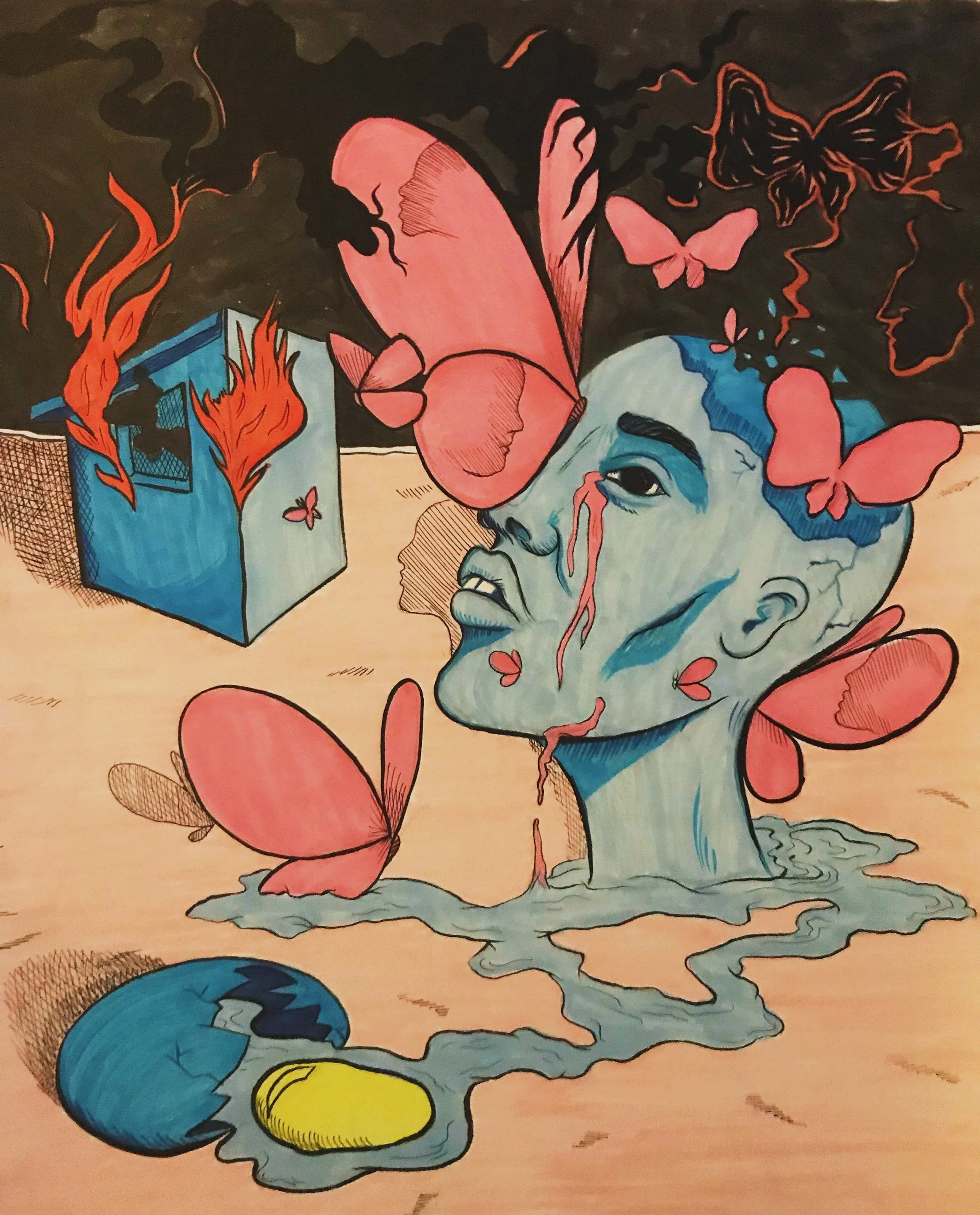Paintings of Light and Sound
When I first met theatre in my hometown of Tehran it was an experience as of being inside a live painting surrounded by sounds. It wasn’t introduced to me merely as a means of storytelling. Actually, it was not until I came to the US that I realized how the story is important and dominant in American theatre.
Modern theatre in Iran is mostly influenced by European theatre, and especially the work of Grotowski, Peter Brook, and Robert Wilson after their shows in Shiraz art festivals before the 1978 revolution. Because of that, my training and experience in theatre was very much in their experimental, larger-than-life style. Through my training in Tehran I was introduced to the importance of the actors’ body awareness in theatre, and I have since been thinking about creating that experience of live painting for the audience.
During unique experiences of story telling that I was honored to have with several Boston companies, I missed the poetic part of theatre and the extreme visual images made by the actor’s body - until I learned about Butoh. I was instantly drawn to it since doesn’t follow any conventions. There is strangeness to it; the performer’s movements remind you of animals, but they don’t represent or imitate animals. It is a dynamic status beyond dance. It is the movement of life and everything that it brings with itself. It is theatre!
a shadow puppet from "Leily", commissioned by composer Bahar Royaee.
Interestingly, there is no competition of Butoh. Nobody wins the best performance prize. You, as an audience, don’t get to choose which performance to see based on prizes awarded by other people’s opinion. You get to experience the performance regardless of its marketing aspects. It immerses both the performer and the audience in itself in the same room, at the same time.
Having a linear story in theatre leads to following predetermined rules that exist in reality, whereas in a “poetic theatre” - as Iranian theatre scholar Talayeh Royaee names it in her book - there is not always a beginning and an end or a climax. The rules are made within the frame of the performance, and often very different from what you see in ordinary life. The audience doesn’t necessarily wonder what will happen to the characters in a narrative way. Rather they experience what the characters are going through at that very moment in the image they are offering, the feeling they are provoking, or a thought they stir in the audience; just like when you read poetry or see an abstract painting.
In search of this form of theatre, I have been experimenting with various mediums to gradually engage an audience unused to it. I found shadow puppetry (one of the forms of theatre and ancient as human discovery of fire) also a minimal, inexpensive, and most importantly poetic medium for my works.
Although in a Butoh performance you see everything happening in the actor’s body, in shadow puppetry you see everything but the actor’s body! Although very different, the results can be as strong. The painting part is more literal, especially if you use overhead projectors or painted scrolling screens, and it inevitably breaks the rules of ordinary life. In my works there are usually no words except music and chants. Most of my shadow works have been commissioned for contemporary classical music pieces (Including “Hero and Leander” by the acclaimed female composer Marti Epstein) and I rely on images rather than words to tell the story.
All in all, I personally think of theatre as a unique experience; a unique medium that is not just a live version of cinema. I think there is more to it than only an imitation of a real life story that could never compete with the luxury of special effects of films. It is an experience. Theater offers an intimacy that you cannot have in any other medium of art and I am trying to recreate that impression for my audience. As Kafka says: “If theatre is to affect life it must be stronger, more intense than ordinary life. That is the law of gravity.”
HERO AND LEANDER
This is a clip from the production of Marti Epstein's 1992 puppet theater piece, Hero and Leander. Originally written for the 1992 Munich Biennale for New Music Theater, this production features shadow puppetry by Deniz Khateri.
the banner image is of the author during a Butoh performance, photographed by Morteza Delgir








